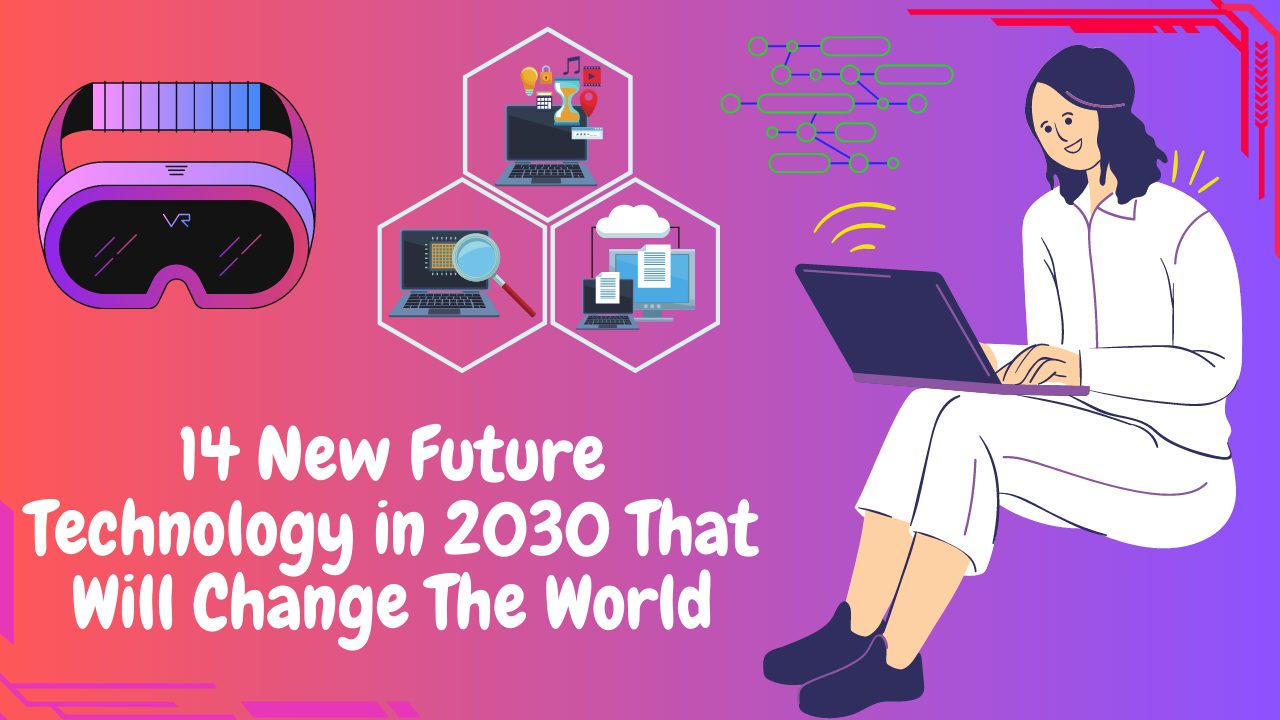The world is changing quicker than ever and technology is driving the way. From self-driving vehicles to virtual reality, there are a variety of future technologies that are likely to revolutionize our world by 2030. These breakthroughs will not only improve our quality of life but also have the ability to tackle some of the largest concerns confronting mankind now.
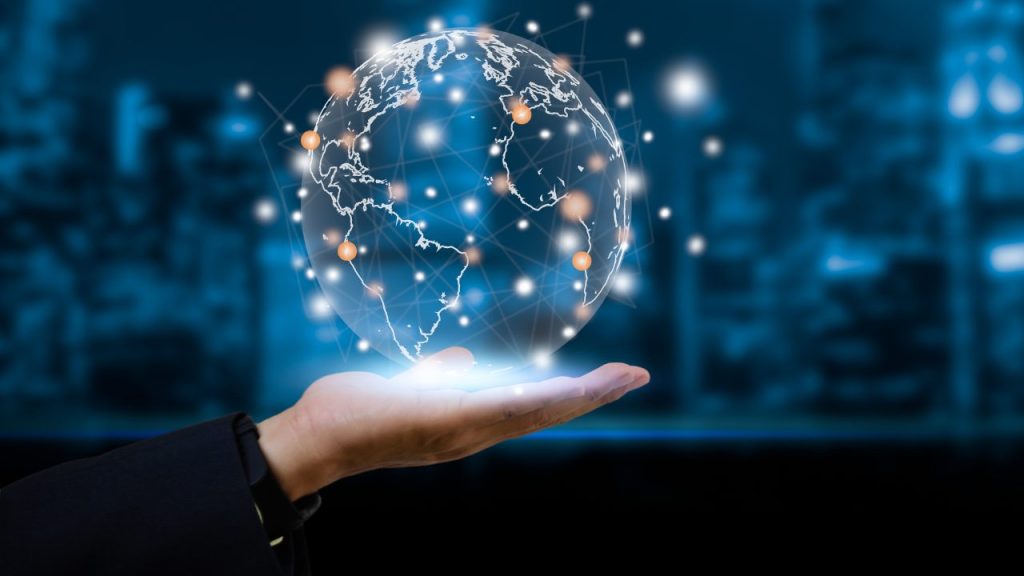
In this post, we will investigate 15 of the most interesting and promising technologies that are destined to revolutionize our lives in the next decade. From artificial intelligence and robots to biotechnology and space travel, be ready to discover the future.
Read More : How to Learn Java on 7 Days for Beginners in 2023
Introduction to futuristic technologies
The future is swiftly arriving and with it comes a myriad of breakthrough technologies that are ready to revolutionize our world in ways we could only envision. From self-driving vehicles to artificial intelligence, blockchain technology, and virtual reality, these future technologies are expected to transform the way we live, work, and connect with each other.

One can only envisage a future when we don’t have to worry about traffic congestion since self-driving cars would carry us to our destinations safely and promptly. A future when we can effortlessly speak with everyone in the globe in real-time, owing to breakthroughs in AI-powered language translation technology. A future when we can watch movies and play games in virtual reality, experiencing things we never dreamed imaginable.
The possibilities are infinite and thrilling, but at the same time, it’s necessary to examine the possible influence of new technologies on society, the economy, and the environment. As we study these futuristic technologies that will revolutionize our society by 2030, it’s vital to view them with a critical eye and guarantee that they are created and deployed in a responsible and ethical manner.
1. Artificial intelligence & machine learning
Artificial Intelligence (AI) and Machine Learning (ML) are no longer a stuff of science fiction and are increasingly becoming a part of our day-to-day existence. From chatbots to voice assistants, face recognition to tailored recommendations – AI and ML are already altering our environment in countless ways.
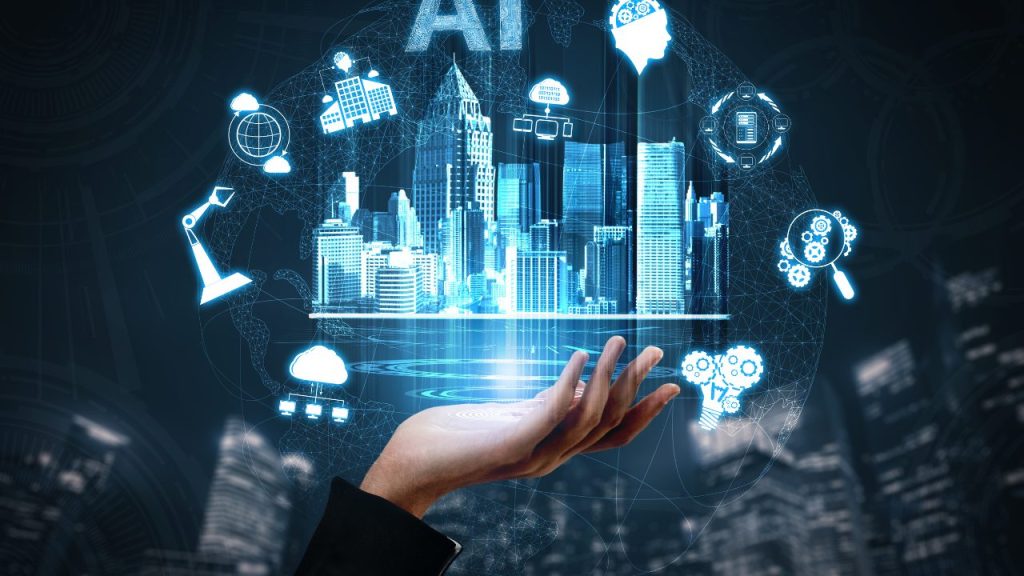
By 2030, these technologies are predicted to become much more powerful and widespread, triggering substantial shifts in areas such as healthcare, education, and transportation.
In healthcare, AI and ML have the potential to change the diagnosis and treatment of illnesses, with tailored medication becoming more accessible and effective. In education, AI-powered customized learning may help students study at their own speed, while also analyzing their strengths and shortcomings to give targeted support.
The transportation industry is also headed for a big change with the introduction of self-driving cars, which rely heavily on AI and ML to function. This would not only minimize the number of accidents on the road but also boost efficiency and cut commuting time.

As AI and ML continue to progress and become more sophisticated, their influence on our world will only become more significant. While there are worries regarding job displacement and privacy, the advantages of new technologies cannot be overlooked, and they will surely revolutionize our society in ways we can’t even understand yet.
Read More : Google PaLM 2 AI Model: Everything You Need to Know In 2023
2. Quantum computing
Quantum computing is one of the most fascinating technologies that is likely to alter our planet by 2030. Traditional computing depends on bits, which are either 0 or 1, to do computations. Quantum computing, on the other hand, employs quantum bits, or qubits, which may be both 0 and 1 at the same time. This means that quantum computers can do computations tenfold quicker than regular computers.
While quantum computing is still in its early phases, it has the potential to change a wide range of sectors, from banking and logistics to drug research and weather forecasting. For example, quantum computing might be used to improve global supply chains, minimize traffic congestion, and potentially develop novel therapies for diseases such as cancer.

However, quantum computing is not without its obstacles. One of the major hurdles is building quantum algorithms that can take use of the unique characteristics of quantum computers. Another problem is constructing quantum computers that are stable and trustworthy enough to be employed in real applications.
Despite these hurdles, the promise of quantum computing is so high that governments and organizations throughout the world are spending extensively in its research. By 2030, we may expect to see quantum computing being applied in a wide range of sectors, altering the way we live and work.
3. Augmented reality & virtual reality
Augmented reality (AR) and virtual reality (VR) are two technologies that have been around for a while, but they are predicted to make substantial breakthroughs by 2030. AR is a technology that overlays digital information in the real world, whereas VR is a technology that immerses the user in a totally virtual environment.
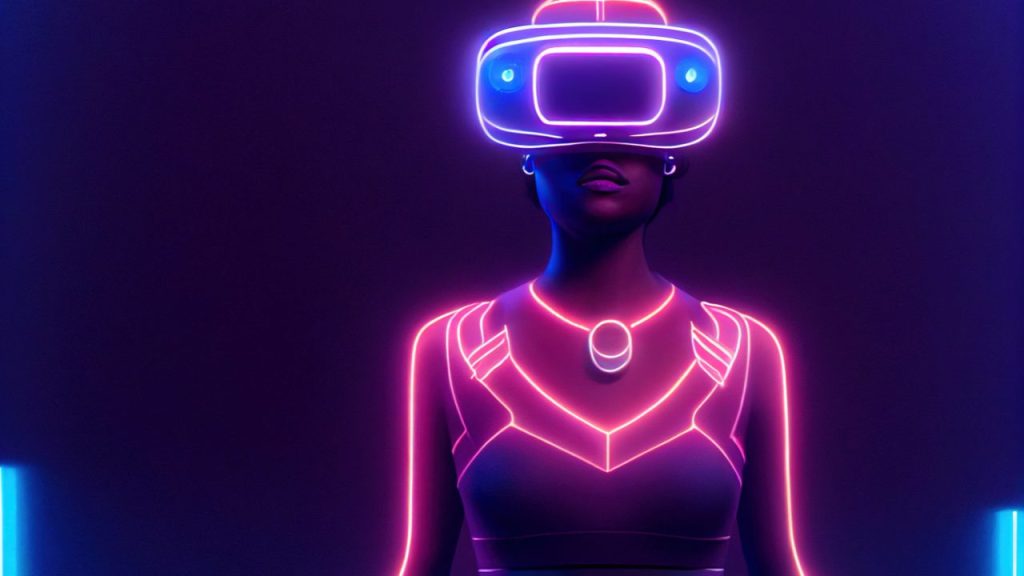
One of the most interesting uses of AR and VR is in the world of education. With AR, students can view and interact with digital items in the real environment, making learning more interesting and participatory. VR, on the other hand, may transport students to virtual worlds, allowing them to experience historical events, scientific concepts, and more in a way that is not feasible with regular classroom learning.
In the healthcare business, AR and VR may be used to teach medical staff, model surgery, and even treat patients. For example, VR may be used to treat patients with phobias or anxiety disorders by exposing them to virtual worlds that imitate their concerns in a safe and regulated fashion.
In the retail business, AR and VR may be utilized to enhance the shopping experience by allowing customers to try on garments digitally or view how furniture might appear in their homes before making a purchase.
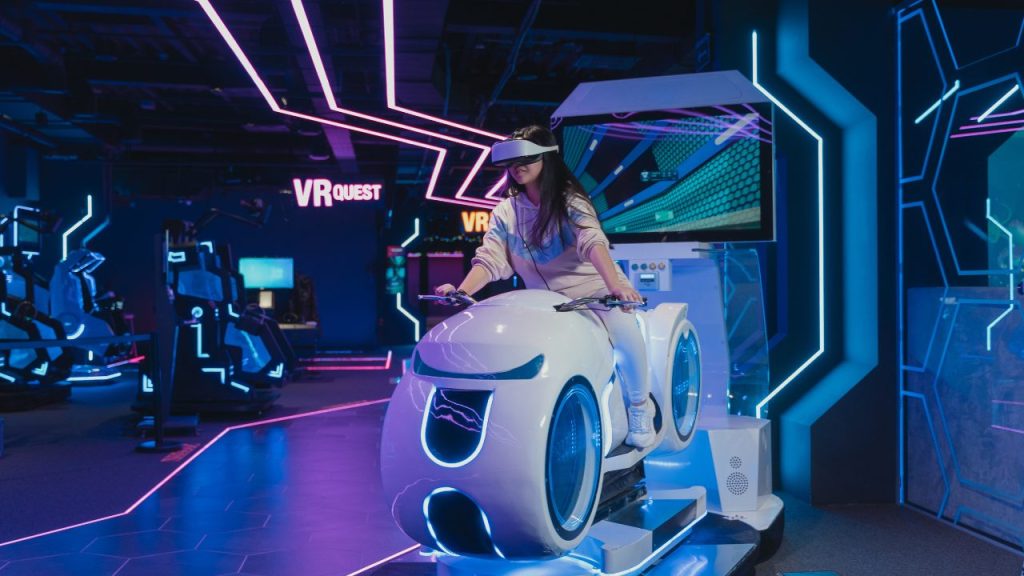
Overall, AR and VR have the potential to alter the way we study, work, and interact with the world around us, and we should expect to see substantial breakthroughs in these technologies by 2030.
4. 5G networks with the Internet of Things (IoT)
The sixth item on the list of future technologies that will revolutionize our society by 2030 is 5G networks and the Internet of Things (IoT). 5G is the next generation of wireless networks and is anticipated to transform the way we use the internet. It offers quicker and more consistent internet access, with speeds up to 100 times faster than 4G networks. This implies that we will be able to download enormous files in seconds and stream high-quality films without buffering.
The IoT, on the other hand, refers to the network of physical devices such as smartphones, smart home appliances, and cars that are connected to the internet. With the support of 5G networks, the IoT will become even more powerful and broad. It will enable seamless connection between devices and allow for improved automation and control.
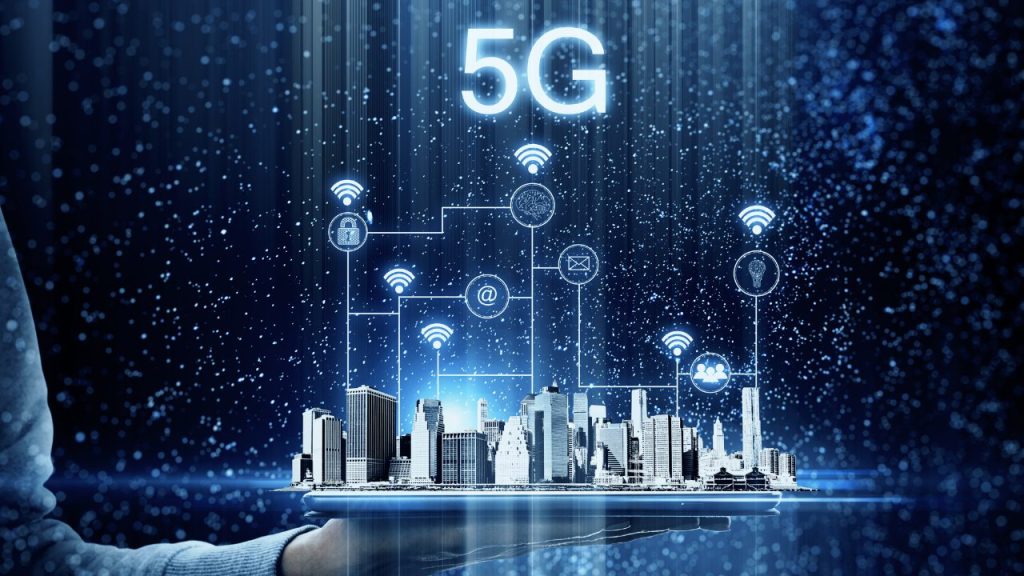
The convergence of 5G networks with the IoT will have a substantial influence on industries such as healthcare, transportation, and manufacturing. For example, in healthcare, clinicians will be able to remotely monitor patients’ vital signs and give better care. In transportation, self-driving automobiles will interact with each other and the infrastructure to minimize traffic congestion and accidents. In manufacturing, manufacturers will be able to improve their production processes and eliminate downtime.
Overall, 5G networks and the IoT are predicted to alter the way we live and work, and it’s thrilling to think about the possibilities that these technologies will offer in the near future.
Read More : Meet Adobe Firefly: Your New AI Design Assistant for 2023
5. Blockchain Technology
Blockchain technology is one of the most talked-about futuristic technologies that will revolutionize our planet by 2030. Blockchain is a digital database of transactions that is decentralized, transparent, and secure. It was initially proposed as the underpinning technology for cryptocurrencies like Bitcoin, but its potential uses are considerably larger than just financial transactions. Blockchain technology may be used to produce secure, tamper-proof digital records for a range of businesses, from healthcare to supply chain management.
One of the key benefits of blockchain technology is its transparency. Because the ledger is decentralized and shared among all users of the network, everyone can see every transaction that occurs. This makes it considerably difficult for fraud or corruption to occur, as any effort to change the ledger would be immediately evident to all members of the network.

Blockchain technology also has the potential to transform the way we conduct financial transactions. It can eliminate the need for intermediaries like banks or payment processors, allowing for faster, cheaper, and more secure transactions. This might be especially advantageous for those in underdeveloped nations who do not have access to standard financial services.
Overall, blockchain technology has the ability to alter numerous sectors and enhance the way we conduct business and transactions. As we go closer to 2030, it will be interesting to observe how this technology continues to grow and change our environment.
6. Autonomous vehicles
Autonomous vehicles, or self-driving cars, are destined to transform the way we commute and travel. With firms like Tesla, Google, and Uber investing substantially in this technology, we may expect to see a huge rise in the number of autonomous vehicles on the road by 2030.
Self-driving cars rely on a combination of sensors, cameras, and artificial intelligence to traverse roadways and avoid hazards. They claim to cut accidents and road congestion, while simultaneously boosting fuel economy and decreasing pollution. In addition, they offer the potential to enhance access to transportation for individuals who are unable to drive, such as the elderly and crippled.
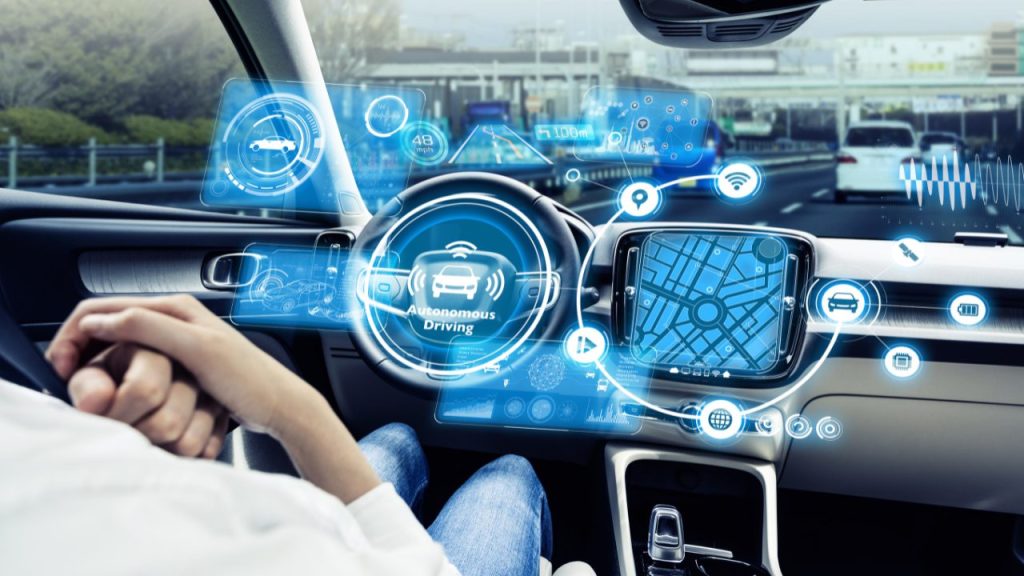
However, there are still a number of obstacles that need to be overcome before autonomous cars become a reality on our roads. These include regulatory and legal challenges, cybersecurity concerns, and public opinion and adoption of the technology.
Despite these limitations, the potential advantages of autonomous cars are enormous and they are expected to play a big part in determining the future of transportation and mobility.
Read More : How To create a profitable SaaS Product in 30 days
7. Advanced Robotics
Advanced robotics is one technology that is likely to impact the globe in big ways by 2030. The developments in this subject have been rather spectacular in recent years, and we can anticipate that trend to continue in the following decade.
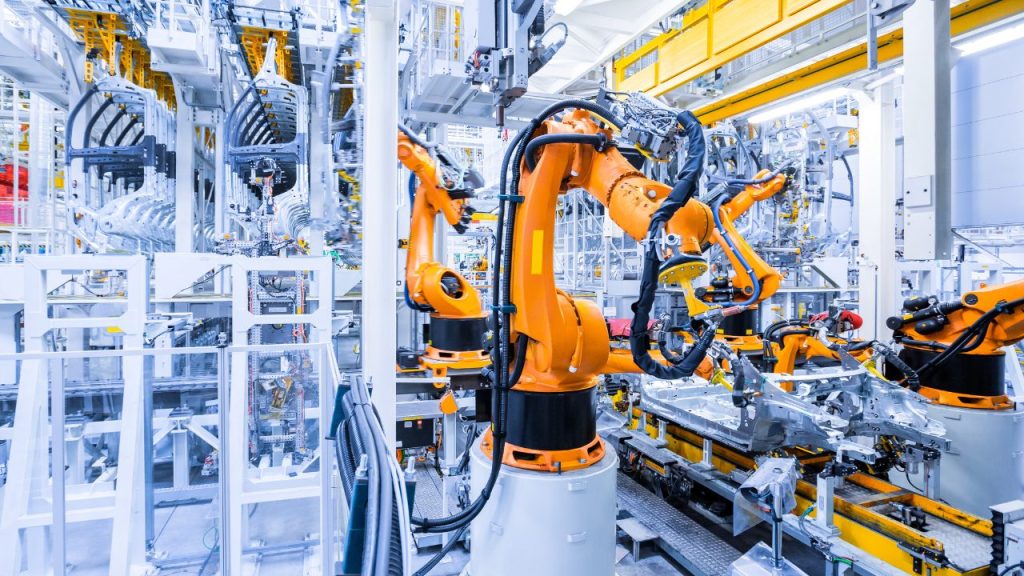
The usage of robots in fields such as manufacturing, healthcare, and agriculture is already extremely popular. However, by 2030, we may anticipate robots to be far more evolved and capable of completing activities that were previously inconceivable for them.
One area where robots is predicted to make a major impact is in the transportation business. Driverless vehicles and trucks are already being tested in many areas of the world, and it’s only a matter of time until they become a familiar sight on our highways. These cars will alter the way we travel, making it safer and more efficient.
Another area where improved robots will make a major impact is in healthcare. Robots are currently being utilized to do operations, and by 2030, we may anticipate them to be far more advanced and capable of completing difficult procedures. This would not only make procedures safer but also more efficient, shortening the recuperation period for patients.
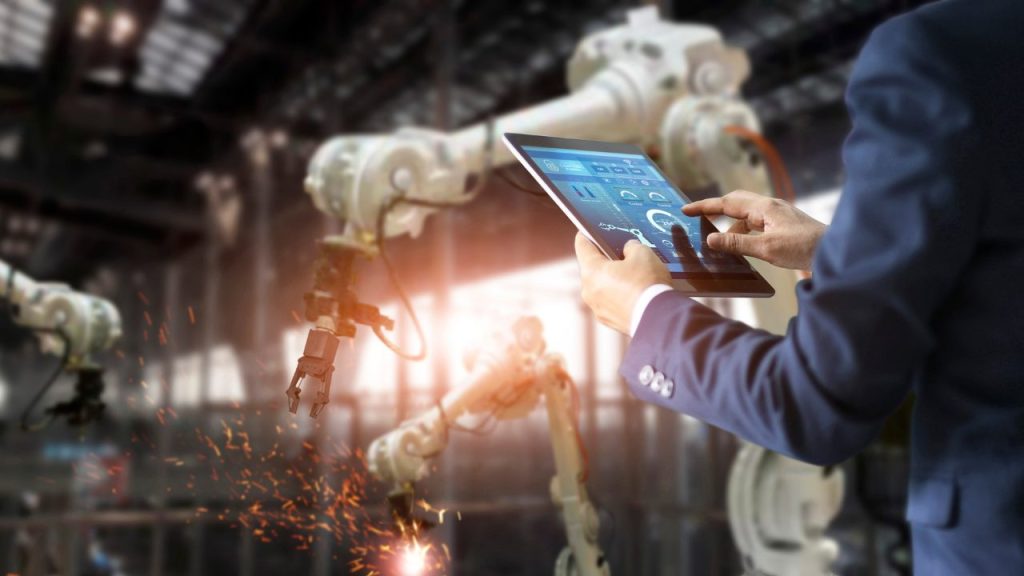
Overall, advanced robotics is expected to have a major influence on our world by 2030, and we can expect to see many more fascinating breakthroughs in this subject in the following years.
8. Nanotechnology
Nanotechnology is a discipline of science that deals with the manipulation of matter on an atomic, molecular, and supramolecular scale. It has the potential to alter the way we live our lives by generating new materials, gadgets, and systems that are smaller, lighter, stronger, and more efficient than anything we have today.

One of the most potential uses of nanotechnology is in the world of medicine. Nanoparticles may be tailored to target specific cells or tissues in the body, allowing for more accurate and effective medication delivery. This might lead to more tailored and effective therapies for a wide range of disorders, including cancer, diabetes, and Alzheimer’s.
Nanotechnology also has uses in energy, with the potential to build more efficient solar cells, batteries, and fuel cells. It might also lead to the development of new materials that are stronger and lighter than anything we have today, with applications in everything from building to transportation.
However, like any new technology, nanotechnology also comes with potential hazards and obstacles. There are worries regarding the safety of nanoparticles and their influence on human health and the environment. There is also the possibility for the abuse of nanotechnology, such as the creation of new weapons or surveillance systems.

Overall, nanotechnology has the potential to revolutionize our planet in ways that we can’t yet comprehend. As with any new technology, it’s vital to approach it with caution and to carefully assess the possible hazards and advantages.
Read More : Selling AI Art on Stock Sites: And Earn $10,872 in 30 Day
9. Space technology & exploration
Space technologies and exploration have long attracted humanity. However, with the advent of technology, the potential for space exploration and usage has expanded enormously. By 2030, we might see some substantial advancements in this field, which could alter our knowledge of the cosmos and our capacity to explore it.

One of the most significant advancements we might see is space tourism. Companies like SpaceX and Blue Origin are already working on reusable rockets that can send humans to space at a tenth of the cost of existing space missions. By 2030, it’s feasible that space tourism might be a profitable industry, with frequent flights sending people to space for both recreational and scientific objectives.
Another possible development is asteroid mining. With the earth’s resources growing scarcer, mining rare minerals and metals from asteroids might be a solution. By 2030, we might witness the first missions to asteroids to collect precious materials and bring them back to Earth.
Finally, we might witness the creation of space-based solar power. By installing solar panels in space, we may harvest significantly more energy than on Earth owing to the lack of air interference. This energy may then be broadcast back to Earth through microwaves, creating a sustainable and renewable source of energy.

Overall, the potential for space technology and exploration is immense, and we might see some genuinely significant discoveries by 2030.
10. Energy storage & green technologies
As we progress towards a more eco-friendly future, energy storage and green technologies are becoming more and more crucial. The future of energy storage is bright with developments in battery technology, which is predicted to cut down the cost of storing energy dramatically. This will make renewable energy sources such as solar and wind power more realistic for general usage.
In addition to energy storage, green technology is also expanding quickly. There are many fascinating efforts happening that attempt to cut carbon emissions and safeguard our planet. For example, scientists are focusing on constructing synthetic photosynthesis, a technique that replicates the natural photosynthesis of plants to convert carbon dioxide into useable fuel.
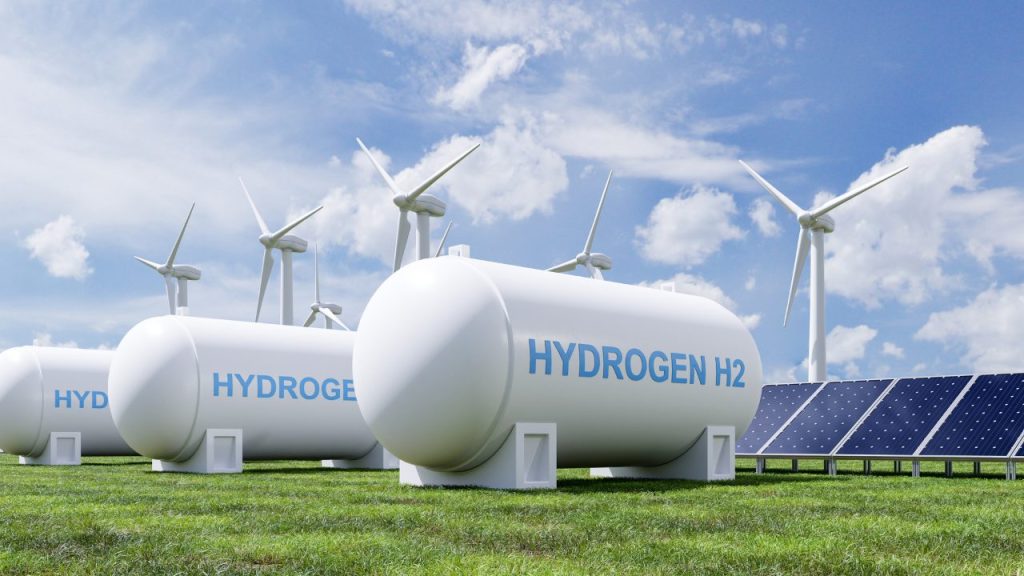
Another fascinating breakthrough in green technology is the establishment of smart cities. These towns deploy innovative technology to optimize energy consumption, decrease waste and pollution, and improve the quality of life for citizens. From self-driving electric cars to energy-efficient buildings, smart cities are the future of sustainable living.
The potential of energy storage and green technology is great and will have a huge influence on our planet by 2030 and beyond. As we continue to invest in these technologies, we will be able to construct a more sustainable and habitable future for decades to come.
Read More : ChatGPT Voice Just Killed Traditional Language Learning
11. Biotechnology & gene editing
Biotechnology and gene editing have the potential to alter the way we approach healthcare and agriculture. With the aid of gene editing, it will be able to modify the genetic code of living beings, which might lead to the eradication of many diseases and the creation of new remedies.
One of the most promising uses of gene editing is in the treatment of cancer. Scientists are finding techniques to employ CRISPR-Cas9 gene editing technology to target cancer cells and eliminate them without causing damage to healthy cells. This might lead to a future when cancer is no longer a life-threatening disease.

Gene editing might potentially have a huge influence on agriculture. With the aid of CRISPR-Cas9, scientists may make crops that are resistant to pests, drought, and harsh temperatures. This might help alleviate the issue of food shortage in many regions of the world.
However, there are also ethical considerations regarding gene editing, particularly when it comes to modifying the genes of human embryos. It’s crucial to have a balanced approach to gene editing to guarantee that it’s used for the greater benefit while avoiding any potential bad outcomes. As biotechnology and gene editing continue to progress, it will be intriguing to observe how they impact our world in the future years.
12. Personalized medicine
Personalized medicine is a fascinating futuristic technology that is destined to alter healthcare as we know it. In the past, doctors treated patients using a one-size-fits-all strategy, but with personalized medicine, therapies may be adjusted to each patient’s unique genetic composition, lifestyle, and medical history.

This method employs genomic sequencing to evaluate a patient’s DNA, allowing clinicians to discover particular genes that may be causing a patient’s illness or condition. With this information, doctors may build a personalized treatment plan that is exactly matched to the patient’s needs.
Personalized medicine has the ability to enhance the effectiveness of therapies, lower the risk of adverse effects, and boost patient satisfaction. It might also lead to the creation of novel medicines for uncommon illnesses and ailments that were previously considered to be untreatable.
Some examples of customized medicine that are already being utilized in healthcare include targeted medicines for cancer patients, genetic testing for hereditary disorders, and tailored dietary recommendations for people with diabetes or heart disease.
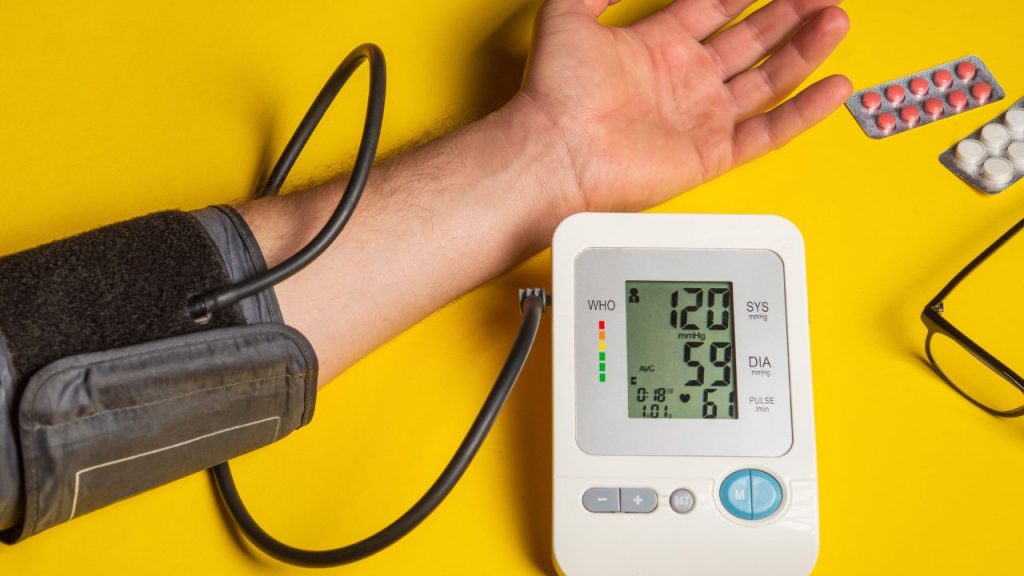
As technology continues to improve, customized medicine is likely to become increasingly more sophisticated, leading to better patient outcomes and a healthier population generally.
Read More : Mastering MERN Stack Development in 2023: A Comprehensive Guide
13. Wearable Technology
Wearable technology has been around for a few years, but it’s projected to become significantly more advanced by 2030. From smartwatches to fitness trackers, wearable tech has already revolutionized the way we interact with our gadgets and our health. In the future, wearable technology will become even more interwoven into our lives, allowing us to measure our health and wellness in real-time.
By 2030, health-focused wearable devices will be able to measure more than simply our heart rates and steps done. Wearables will be able to measure our sleep habits, glucose levels, and even our mental health. This will allow physicians and healthcare workers to monitor patients remotely, ensuring that they are receiving the best treatment possible.
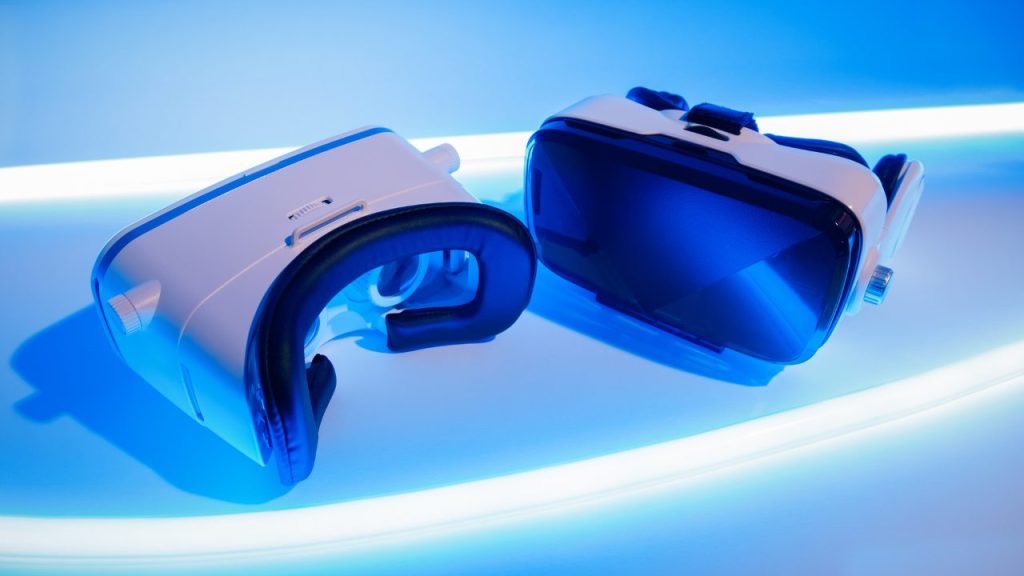
Wearable technology will also become more stylish, with designers producing pieces that seem like jewelry or accessories, rather than computing products. This will make it more interesting to folks who may not have been interested in wearable electronics before.
In addition, wearable technology will also revolutionize the way we work. Smart glasses and augmented reality headsets will allow workers to get real-time information and instructions, enhancing efficiency and minimizing mistakes. The potential for wearable technology are infinite and by 2030, we’ll be living in a world where our devices are seamlessly interwoven into our lives.
14. Brain-computer interfaces
Brain-computer interfaces (BCIs) are a technology that permits direct connection between the brain and an external object, such as a computer or a prosthetic limb. This technology has the potential to transform the way we interact with machines and the environment around us.
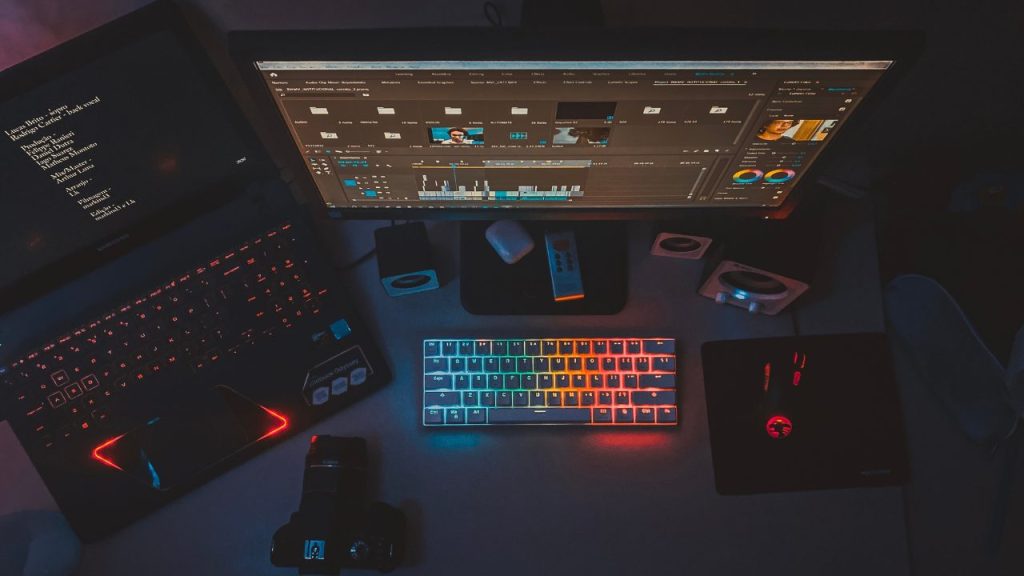
BCIs might give a new method for individuals with impairments to operate prosthetic limbs, interact with others, and even manage domestic appliances, all via the power of their thoughts.
Recent improvements in BCI technology have allowed for more precise and accurate communication between the brain and external equipment. This has opened up new possibilities for persons with paralysis, spinal cord injuries, and other impairments.
In addition to medical uses, BCIs might potentially have a substantial influence on the gaming and entertainment sectors. Imagine being able to operate a video game or virtual reality experience using nothing but your thoughts.
However, there are still numerous difficulties to solve before BCIs become commonly used. One key challenge is the requirement for invasive brain surgery to insert the requisite electrodes. Additionally, there are worries regarding the potential for misuse of this technology and the necessity for privacy and security safeguards to secure users’ ideas and brain activity.

Despite these obstacles, the potential advantages of brain-computer interfaces are too enormous to ignore. As research and development continue, we may expect to see more interesting advances in this industry in the next years.
Read More : Mastering Node.js: A 3-day roadmap for 2023
Conclusion
In conclusion, the 15 future technologies that we have explored in this essay have the potential to transform our world in ways that we can scarcely conceive. From the development of driverless cars to the incorporation of artificial intelligence in our daily lives, the next decade promises to be an exciting moment for innovation and growth.

As these technologies continue to progress and become more prevalent, we may expect to see dramatic changes in the way we live, work, and interact with one other. For example, we may see more individuals working remotely, or more individualized healthcare solutions that are suited to each individual’s particular needs.
In addition to these breakthroughs, we may also expect to see new obstacles develop as we manage the ethical, social, and economic ramifications of emerging technologies. It’s crucial for us to be cognizant of these difficulties and to take proactive actions to solve them, so that we can guarantee that new technologies are created and implemented in a way that benefits everyone.
Overall, the future appears bright and full of intriguing possibilities. It’s up to us to accept these developments and to use these technologies to build a better world for ourselves and for future generations.
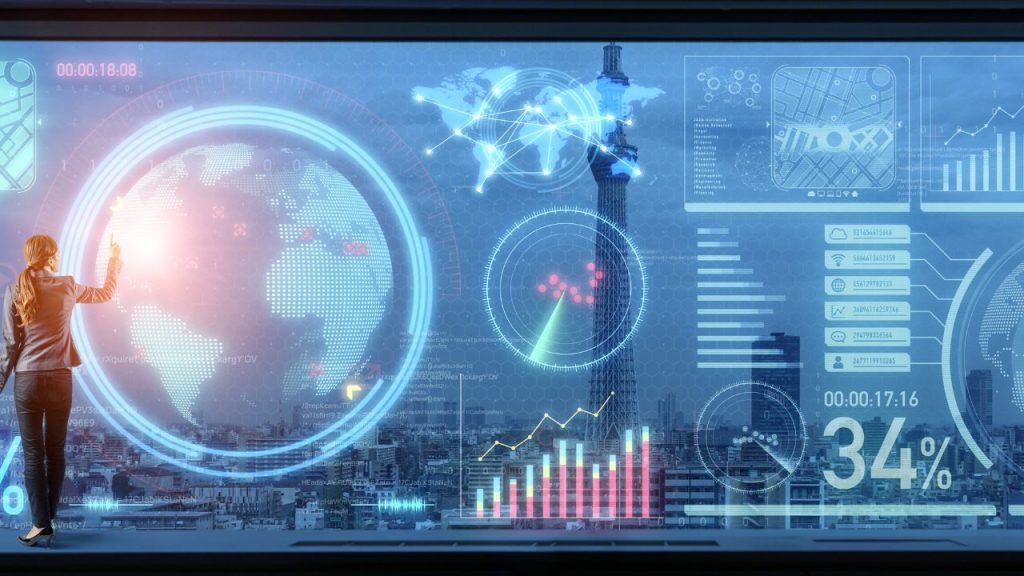
We hope you enjoyed our blog post about the 15 future technologies that will revolutionize our planet by 2030. It’s thrilling to think about how new technologies will revolutionize the way we live, work, and interact with one other.
From quicker transportation to artificial intelligence, these innovations will have a profound influence on society. Keep a look out for these new technologies, since they are guaranteed to transform the world as we know it. Let’s see what the future brings!
More FAQ And Answer For Futuristic Technology
What technology will advance by 2050?
According to Forbes, by 2050, IoT technology will be in 95% of electronics for new product designs. And by 2050 it is projected to have everything connected to the cloud and to the internet. According to Business Insider, Space tourism might be conceivable in 2050, but likely only for the extremely rich.
What will be the next technology in 2050?
In 2050, artificial intelligence can outperform humans in a majority of vocations. AI software can outmatch people in white-collar positions requiring creating company reports, market research, and most administrative duties. In other instances, they can also write films, make music, write novels, and more.
What are the 8 essential future technologies?
They include: artificial intelligence (AI), augmented reality (AR), blockchain, drones, Internet of Things (IoT), robots, 3D printing and virtual reality (VR). Today, the Essential Eight continue to expand and make their mark — with the epidemic accelerating emergent tech adoption
What is the future of this world?
Earth will interact tidally with the Sun’s outer atmosphere, which would lower Earth’s orbital radius. Drag from the chromosphere of the Sun would reduce Earth’s orbit. These effects will offset the influence of mass loss by the Sun, and the Sun will likely swallow Earth in roughly 7.59 billion years.
What technology will we have in 50 years?
According to Forbes, by 2050, IoT technology will be in 95% of electronics for new product designs. And by 2050 it is expected to have everything connected to the cloud and to the internet. According to Business Insider, Space tourism could be conceivable in 2050, but likely only for the very rich.
Read More : How To Earn Money With Content Writing In 2023

Hello I am Habib Hasan. I am an Internet Marketing Expert, Business Advisor, Programmer and Tech Advisor with skills in Technical SEO and Web Design, Web Developer.
